
In Púbol, north of Barcelona, a castle sits atop a hill. With vines sinuously wrapped around its brick walls and surreal architecture, it belongs to Gala Dalí, the wife of surrealist painter Salvador Dalí. It was bought as a gift in 1969 and she lived there undisturbed — rumour claims that even her husband was not allowed to enter without her written permission. She spent the latter part of her enigmatic life writing an unfinished book, probably about her own polarising perceptions. The woman, who was despised by French poet André Breton (he saw her as a rival), and loathed by Spanish filmmaker Luis Buñuel — who apparently once tried to strangle her, having had enough of her “insults” — was a victim of her times, vilified and condemned by exclusionary men gatekeeping the echelons of creativity and elite society.
Gala Dalí in 1943
| Photo Credit:
Horst P. Horst
Now, her home and archival outfits from her wardrobe, designed by the likes of Gabrielle Chanel, Givenchy, and Christian Dior, have been excavated to bring to light a lesser known aspect of her personality: the PR machinery she built around her surrealist artist husband. “She was a mastermind,” says Noelia Collado, co-curator of The Awakening of the Myth: Gala Dalí exhibition (in partnership with Fundació Gala-Salvador Dalí), which spreads across the castle and La Roca Village, one of Bicester Collection’s luxury retail hotspots, till January 2025. “She designed the image she wanted to portray of them to the world, down to what Dalí wore. They created fashion statements wherever they went.” A dress featuring a trompe-l’oeil print designed by couturier Elsa Schiaparelli and Salvador Dalí in collaboration, was first worn and promoted by Gala; today it is part of the exhibition.
As I roamed the temperature-controlled top floor of the castle, wrapped in stories of how Gala was misunderstood in her time, another renegade woman with a murky past flickered to mind. Decades apart, artist Yoko Ono in England was a female figure flogged by the British public for breaking up the band, The Beatles. Deemed ‘dragon lady’ in the tabloid press, made fun of for her accent, called a ‘nip’, ‘Chink’ and ‘Jap’ by the public, and presciently anointed “the world’s most famous unknown artist” by her famous husband, John Lennon, years later, at the age of 91, her work is being venerated at the Tate Modern in London with the exhibition Yoko Ono: Music of the Mind.
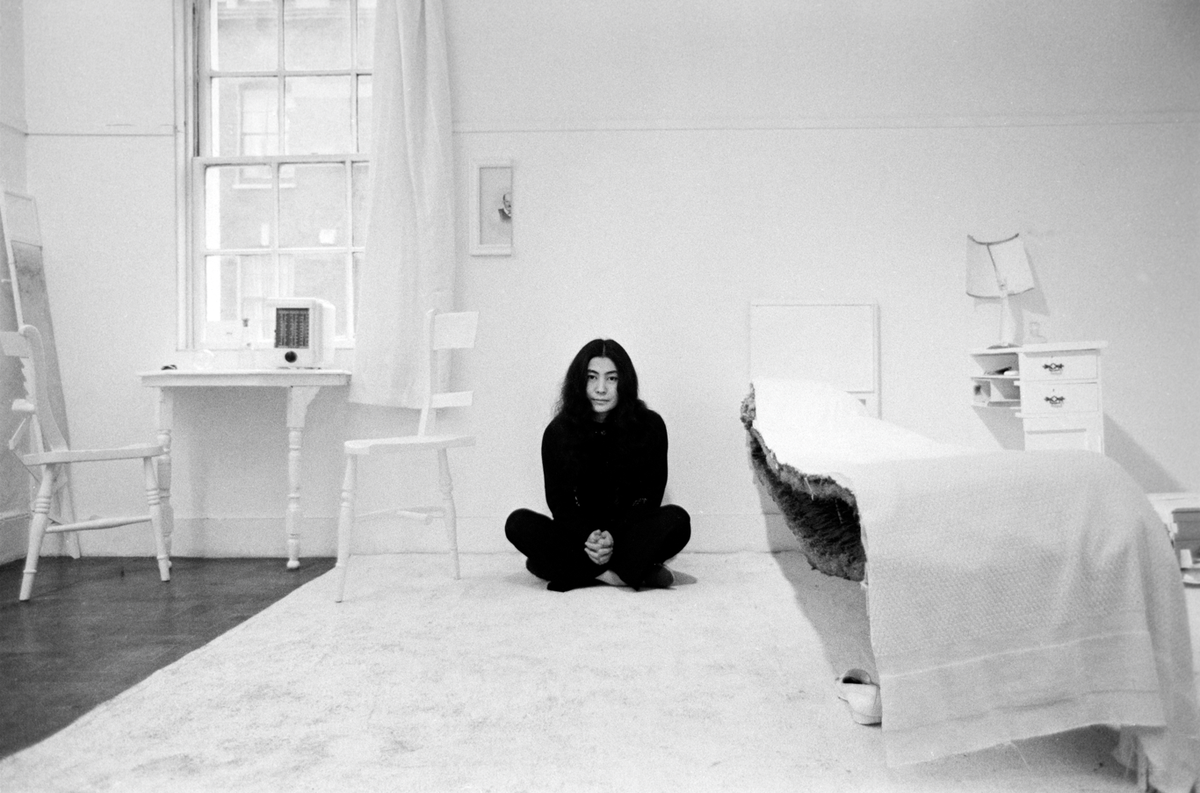
Yoko Ono, from Half-A Wind Show — A Retrospective
| Photo Credit:
Clay Perry
Could 2024 then be the year we rewrite the redemption arc of misunderstood women of the past?
Museums’ modus operandi
“I think museums have to respond to society,” states Isabella Coraça, a lecturer on fashion history and theory at Central Saint Martins (University of the Arts London) and former curator for the British Museum. “We are going through a big period of social change and, hopefully, social justice. And not just in terms of feminism, but also in terms of sexual politics or identity politics. Museums are picking up on that and participating in those discourses through exhibitions.”
But it’s also a matter of making money. “At a time when public funding has diminished quite a lot in the last decade or so, museums rely on what we call blockbuster exhibitions,” explains Coraça. “Exhibitions that touch a nerve in audiences, either because they’re responding to something that society is grappling with or that’s always caught people’s interest — usually celebrities.” Be it fashion designers Mary Quant and Gabrielle Chanel, or singer-songwriter Taylor Swift — the American performer’s in-concert wardrobe is going on display at the Victoria and Albert Museum (V&A) in London this month — the bold female persona with a sensational storyline has become fodder for museums.
And it’s working. “It’s our fascination with these strong women that reels us in,” says Carrie Scott, art historian and founder of Seen.art, a broadcast channel and art consultancy that demystifies the world of art. “We’re all curious to see what the fuss was all about. So, it’s really smart of exhibitions to show women who are polarising or ‘difficult’ because it makes us show up.”
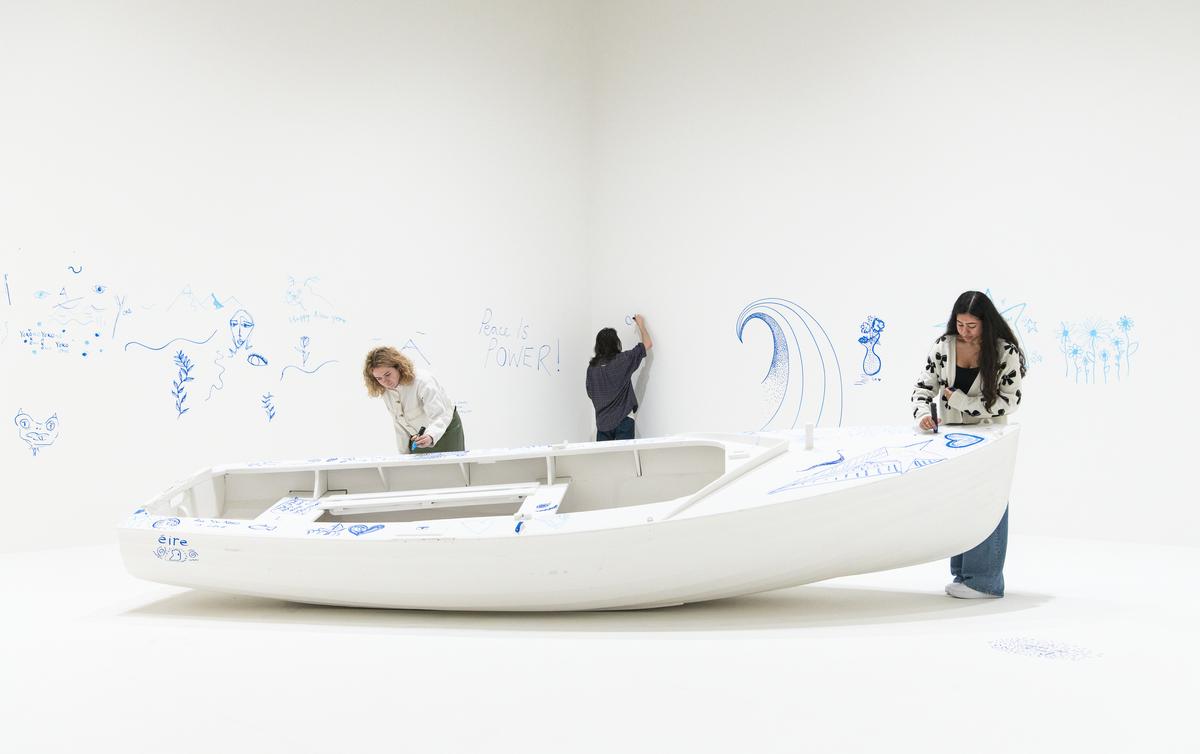
Add Color (Refugee Boat), an interactive installation conceived by Yoko Ono
| Photo Credit:
Lucy Green
Flipping the script
Meanwhile, at the V&A, in the exhibition Naomi: In Fashion, a video of the supermodel’s fall during a 1993 Vivienne Westwood show is not a shy addition, but something that humanises Campbell beyond her Amazonian fashion image. She falls, she gets up, she smiles. The fallibility of being human once again simmers to the top when a video of the English model leaving community service at the New York City Sanitation Department plays. The punishment for misdemeanour (in a fit of anger in the early aughts, she had thrown a phone at an employee) was a low point, but ever the clever communicator, she used her entries and exits from the department as a catwalk, using clothes to send a larger message to the public and the industry.
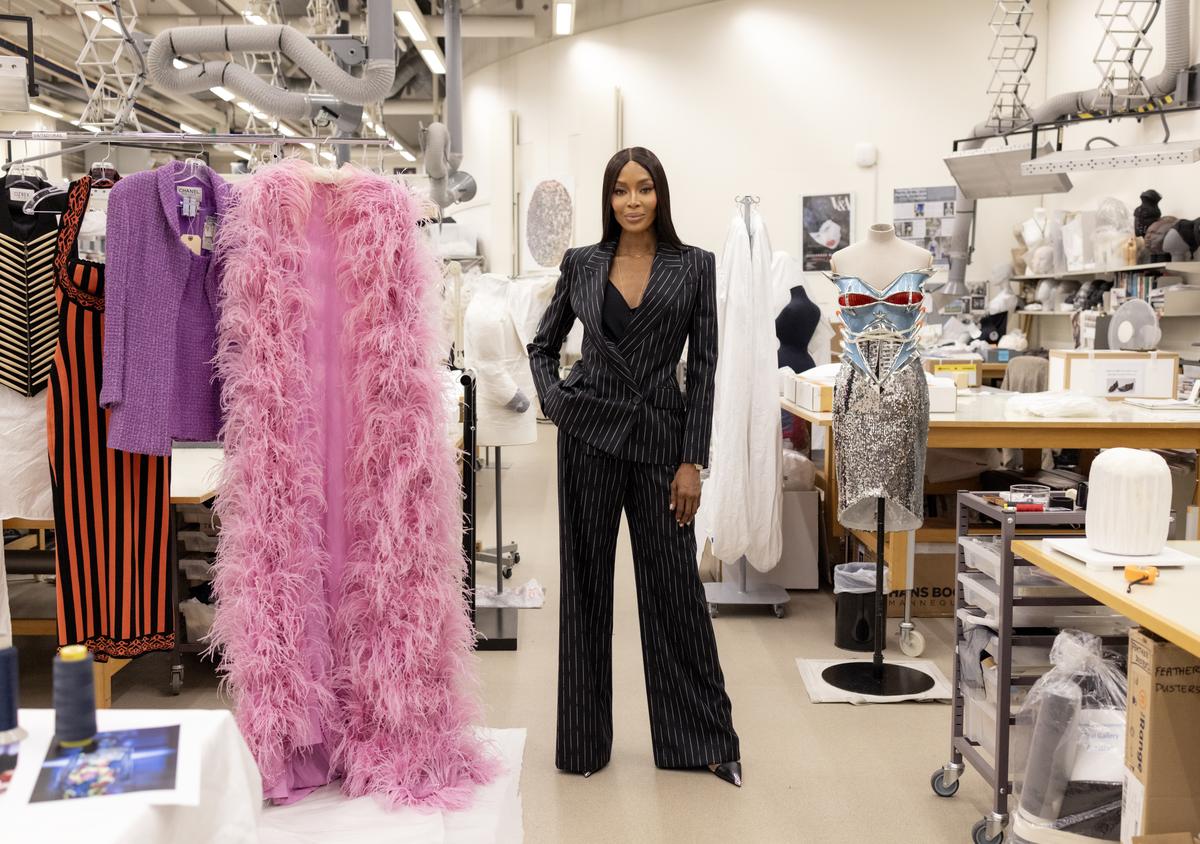
Naomi Campbell at the V&A
| Photo Credit:
Marco Bahler
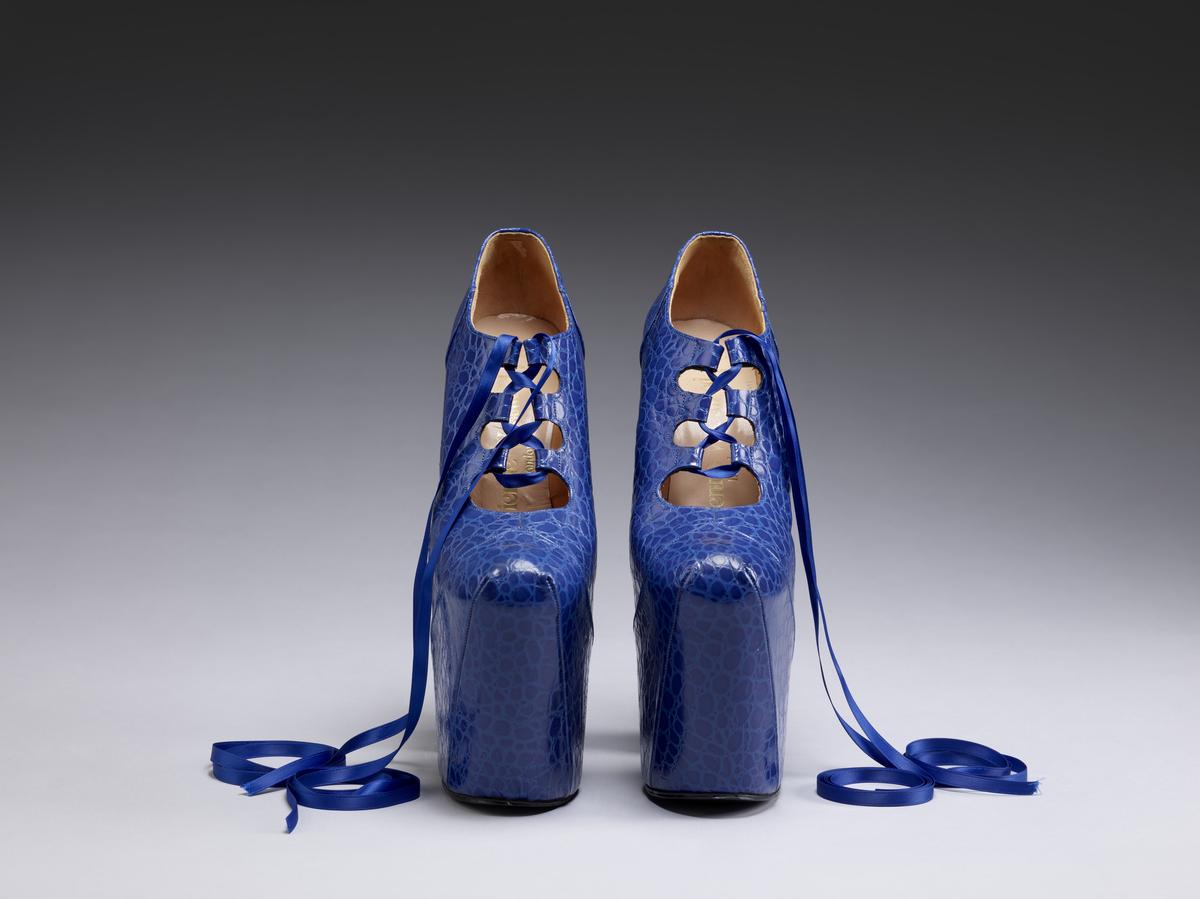
The Vivienne Westwood shoes that Campbell fell over wearing on the runway
| Photo Credit:
Kevin Percival
“It was important to address the pressure that came with being in the limelight and how she chose to address that moment. She decided to use fashion as a tool,” says curator Sonnet Stanfill, who interviewed Campbell for 18 months in the lead-up to the exhibition (on till April 2025) that celebrates her creative collaborations, activism and cultural impact through the work of leading global designers and photographers. “On the last day of community service, she wore a Swarovski crystal-encrusted Dolce & Gabbana evening dress. The belt is a big metal corset that is fastened with a lock and key — a nod perhaps to her court experience. It’s on display at the V&A.”
The exhibitions beg the question: what is the definition of a “difficult”, “infamous”, or in the words of a convicted former POTUS, “nasty” woman? “If you ask for what you want and you aren’t considered important enough, you are deemed ‘difficult’,” says Zahra Khan, founder of Art Divvy, a platform aiming to expand South Asian art’s global reach. “To get to the rooms or circles these women occupied, they would’ve had to be difficult.” Campbell was teaching make-up artists how to work with black skin tones; Yoko Ono didn’t break up The Beatles. “No one woman is that powerful. But these women get used as scapegoats time and time again. We all know Naomi’s reputation. Is it fair? I doubt it. Did she lose her temper once? Yes. Maybe even twice. How often is a man seen screaming in a boardroom or throwing a tantrum?” asks Scott.
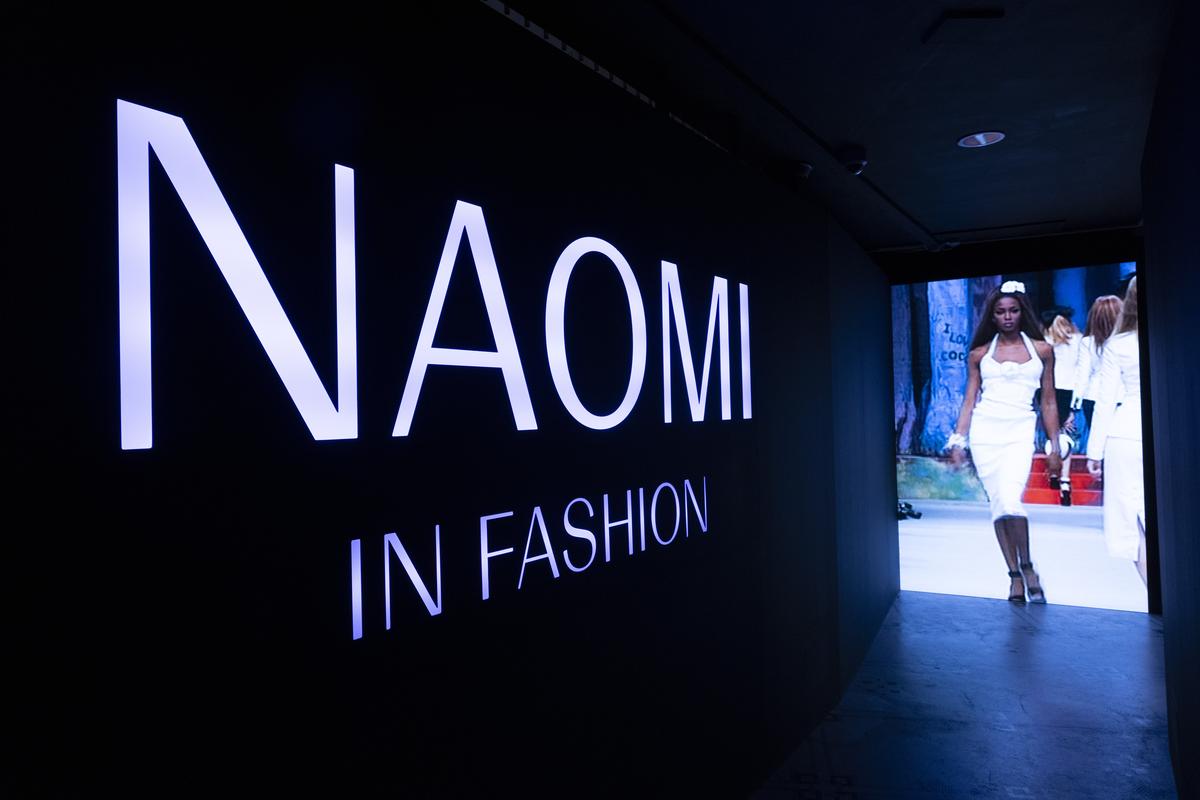
Naomi in Fashion exhibition
| Photo Credit:
Peter Kelleher
A modern resonance
Through a re-examination using context, the lens of passing time, and a modern audience ready to get to know these women again, the finer details of their stories are coming to the fore. Plucking Gala out of the shadows and placing her in popular culture via a collaboration with illustrator Carla Fuentes is both clever and captivating. At La Roca Village, hand-drawn paintings cover the walls, portraying a 2024 iteration of Gala as a modern-day influencer. In one, she is sprawled on a deck chair, margarita in one hand and camera selfie-ready in the other.
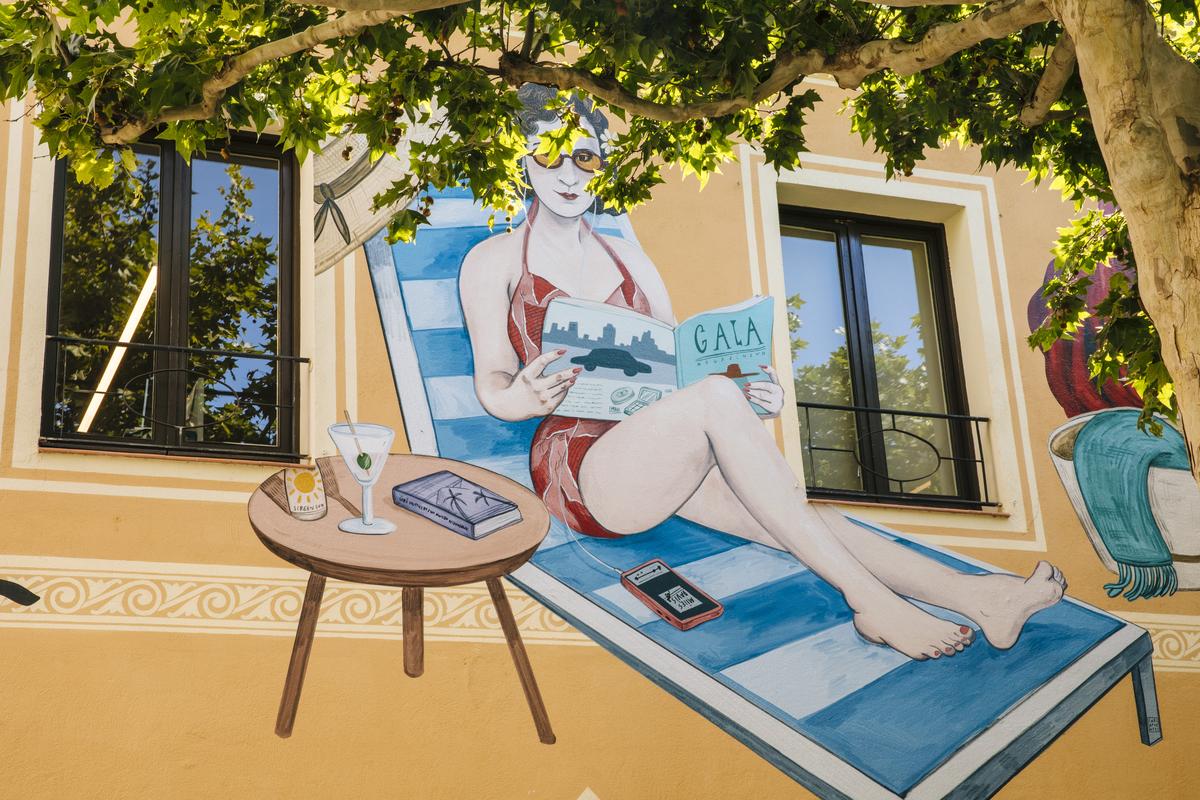
A painting by Carla Fuentes of Gala Dalí at La Roca Village
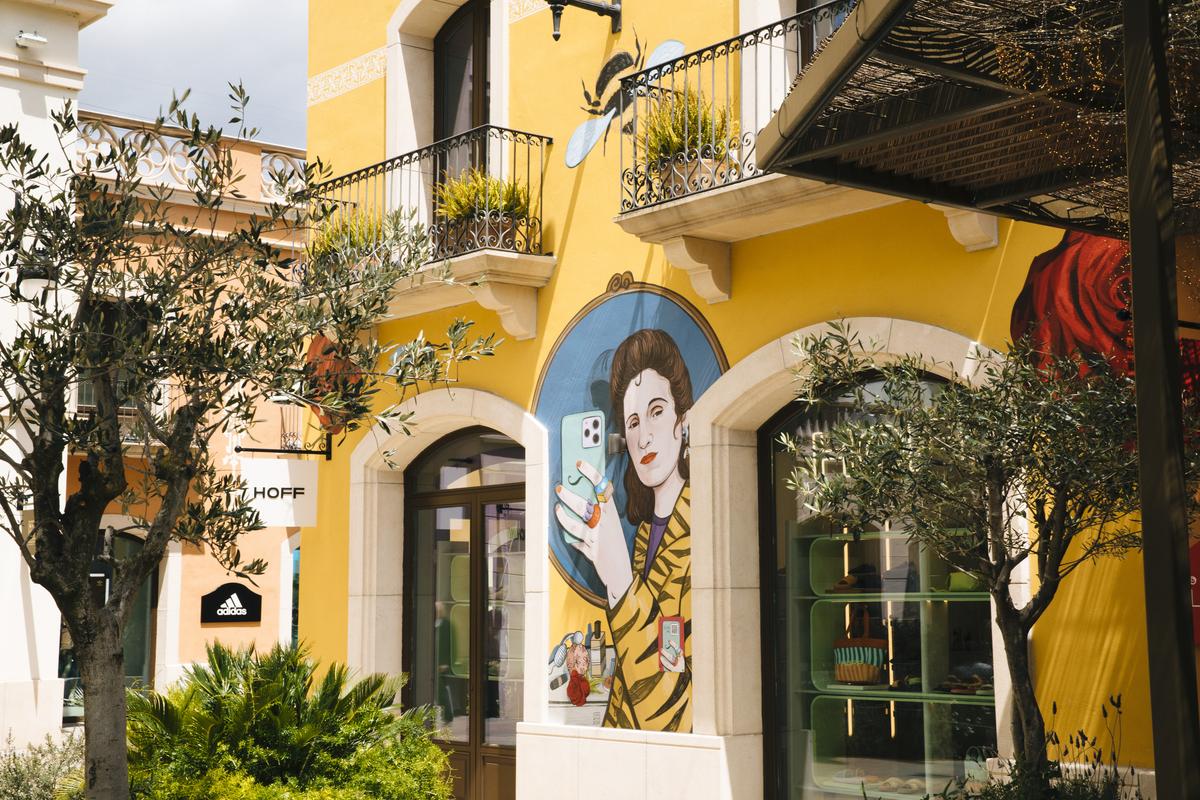
Gala Dalí’s portrait at La Roca Village
| Photo Credit:
Alba Ricart
Meanwhile, Jordi Bernadó’s photographs, also part of the exhibition, contextualise Gala in her space. A Christian Dior two-piece couture paillette outfit is cheekily brought into the castle’s kitchen. She wore it dancing with a key government aid in America. The image questions gender norms that existed in her time, ones that she certainly did not adhere to.
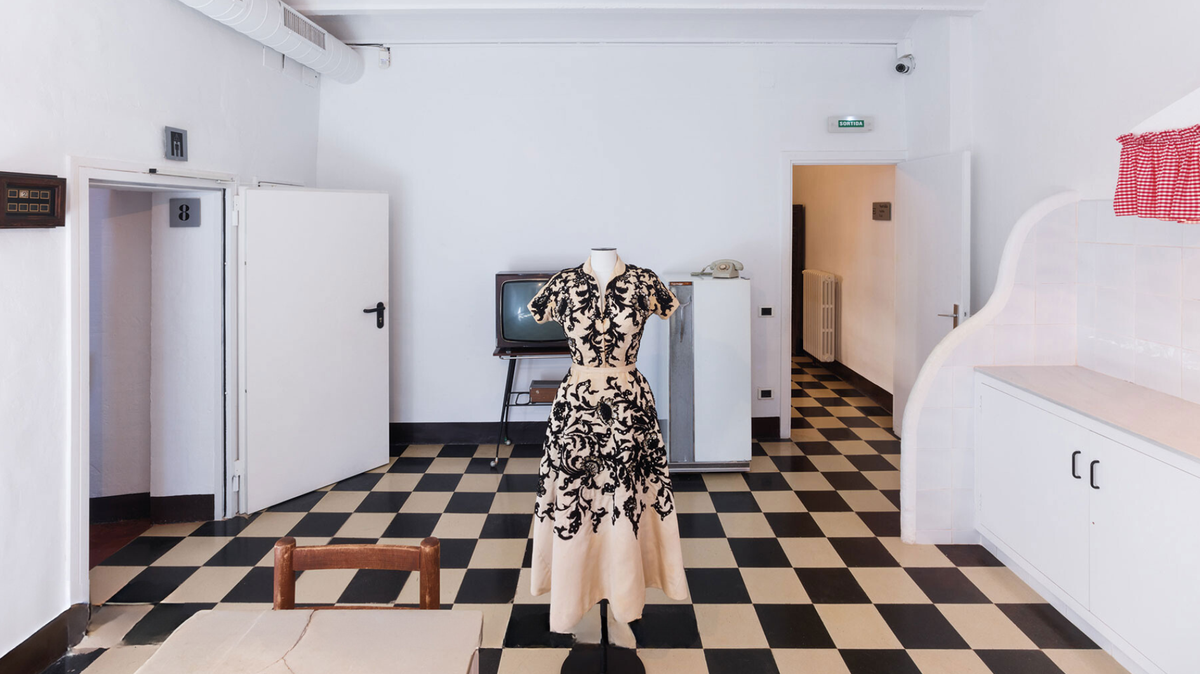
The Musée du Louvre dress designed by Dior in 1949
| Photo Credit:
Jordi Bernadó
Similarly, in Yoko Ono: Music of the Mind (on till September), the artist’s work is separated from her relationship with Lennon. “Her activism for peace feels incredibly urgent in the state of the world right now,” says Catharine Wood, director of exhibitions and programmes at Tate Modern on why the exhibition is gaining momentum. The younger generation is seeing her as an artist in her own right. Through letter writing, instructive art, performance, and interactive pieces, she’s gaining popularity among a new generation.
Cogs in the wheel
Museums, however, for the cultural centres that they are, are also soft power for larger political systems. “Even if a curator has the ambition to do a feminist exhibition, usually there will be other forces playing in the background that might subdue those messages,” Coraça reminds me.
Would I have wanted to see a wall of shame dedicated to the tabloid press for the explicit misogyny and xenophobia they subjected Yoko Ono to in the ’70s? Yes. Would I have wanted to see more of Campbell’s personality shine through rather than a manufactured image of someone placed on a pedestal? Perhaps. Do I wish Gala’s story was more prolifically known and that the next Met Gala theme was dedicated to her legend? Hell, yes.
For now though, I’m just really trying to get to know these women, and god, they were great.
The writer is an independent journalist based in London, writing on fashion, luxury and lifestyle.






